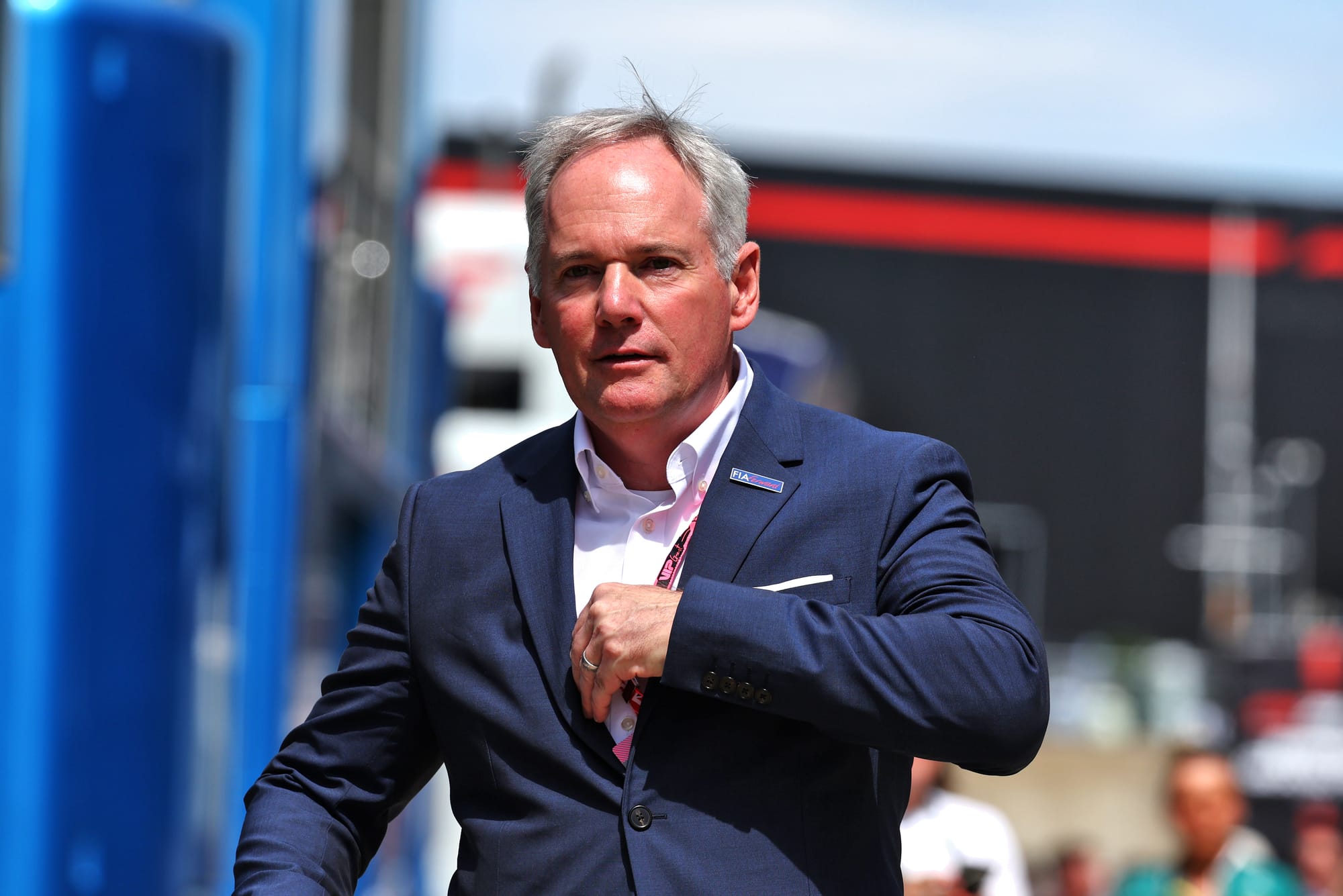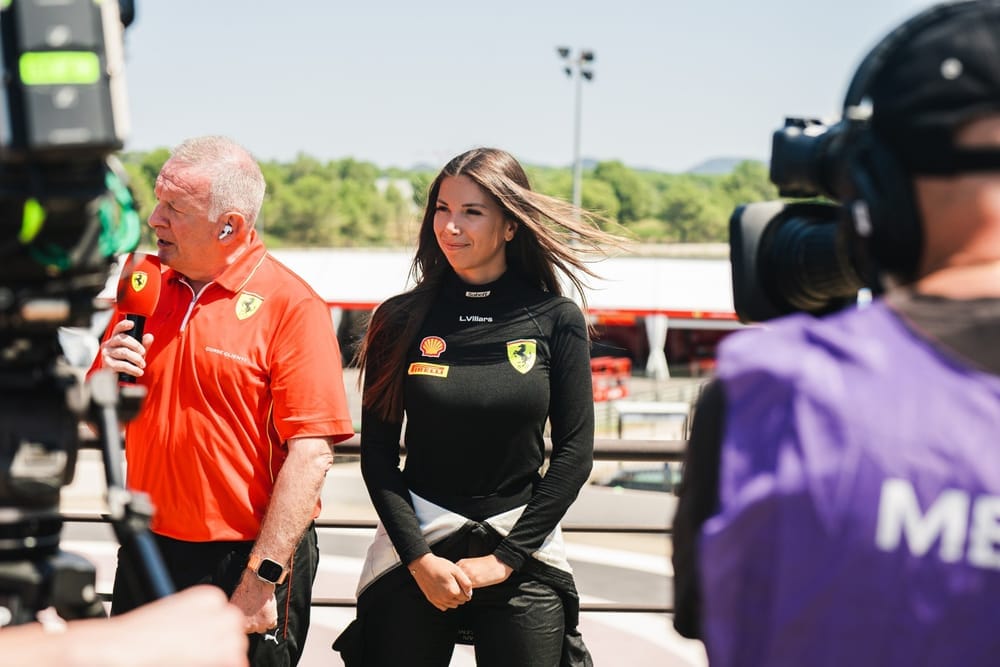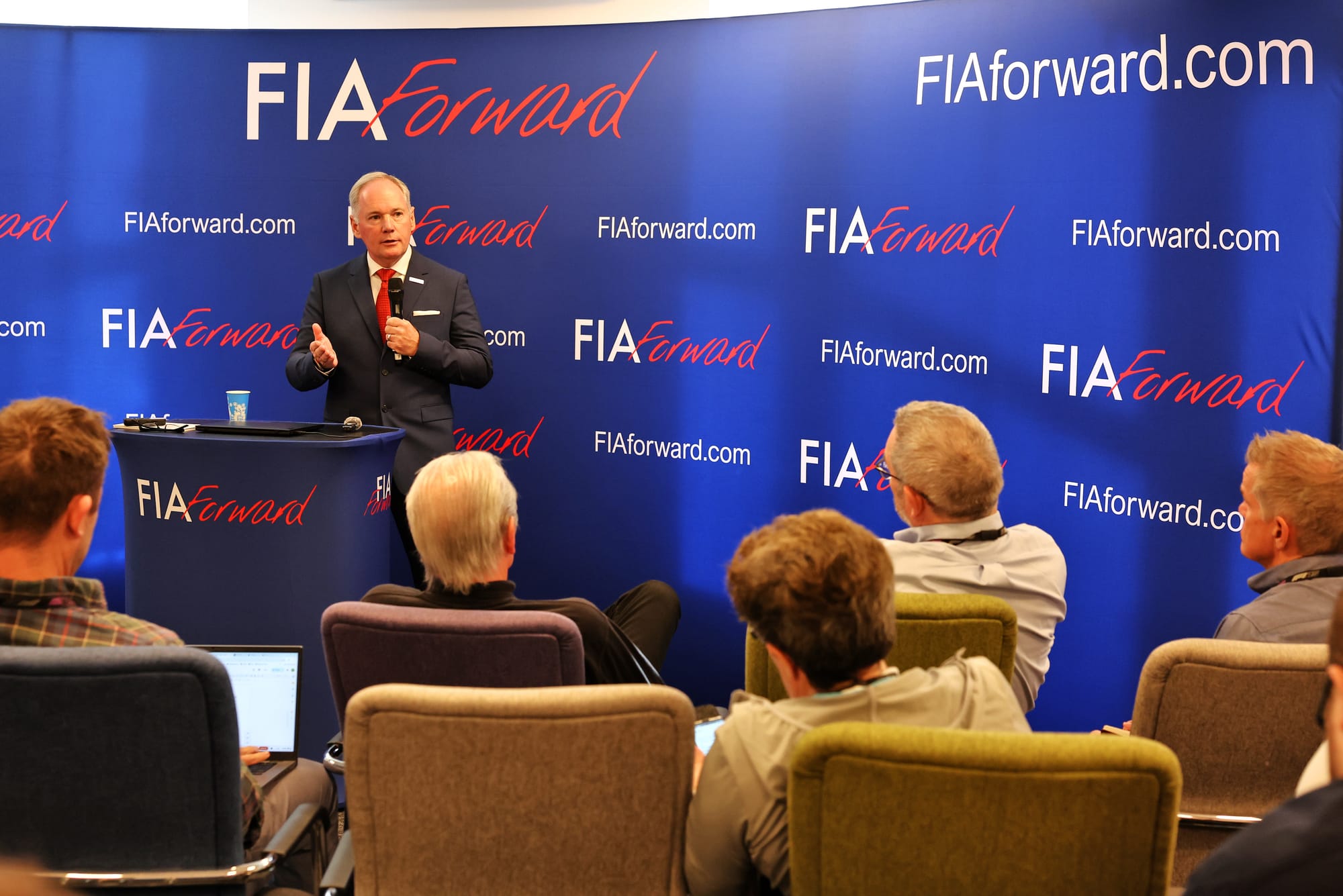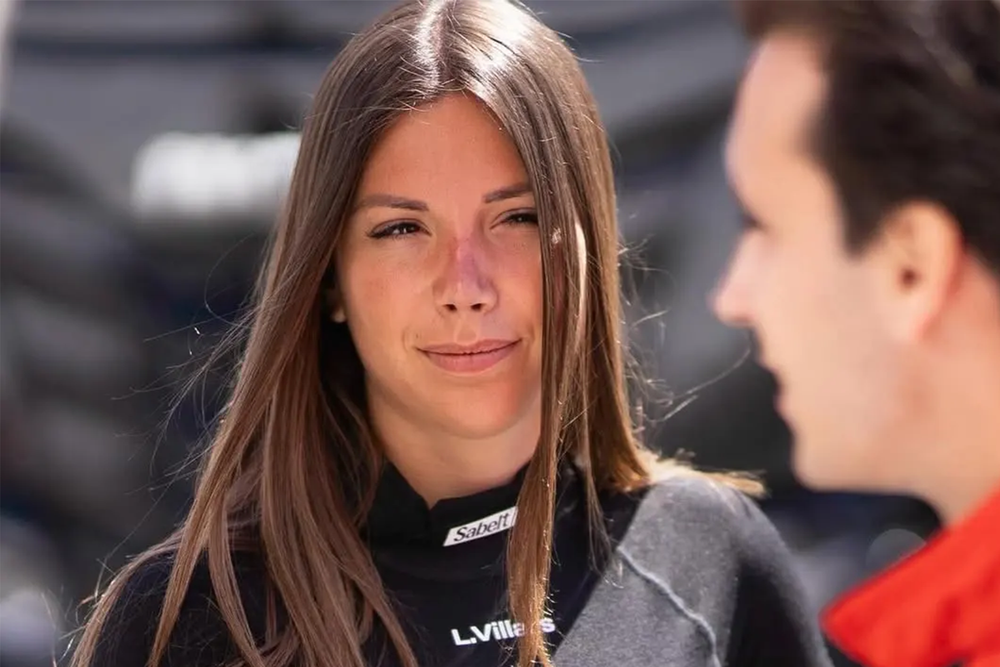The FIA presidential election took a surprising twist this week when Swiss female racing driver Laura Villars threw her hat into the ring as a candidate.
After months where it had appeared the election would be a straight two-horse race between incumbent Mohammed Ben Sulayem and challenger Tim Mayer, Villars entering the race has added an intriguing twist to the battle.
The announcement about her plans delivered a shock not only with the timing but also because she had not been on the radar when speculation swirled earlier in the year about potential rivals to Ben Sulayem.
Furthermore, Villars entering the race throws up a potential bigger headache for Mayer (pictured) below).

It was long accepted that if any rival was going to have a chance of beating Ben Sulayem, then the backing of those clubs that wanted change had to revolve around a single candidate.
Now if both Mayer and Villars carry on pushing into the December 12 ballot, it risks splitting the votes against Ben Sulayem.
Part of a big team

Villars accepts a young female like her going for a role like the FIA president is “unusual”, but she says it has come after a lot of work behind the scenes to get things ready.
“It's been now a few months,” she told The Race, when asked about when the idea first cropped up.
“I started talking with a few people from my team, building the team, choosing older people that were in the system already."
That comment highlights that Villars is not running her campaign as a lone figure in the vain hope of then trying to rally support.
Instead, as she has reiterated, she is part of what she says is already a ‘big" group of people who have experience.
This points to a potential alliance of clubs coming together and getting behind her – even if those that are seeking change are keeping their heads below the parapet right now.
Villars added: “I'm an entrepreneur generally in life, and I felt that now was the right moment to start with a big team behind me. I am not going alone for sure.
“We will announce within the next few weeks who they will be.”
New perspective
At 28-years-old, Villars is not only the first female gunning to become FIA president, she is also by far the youngest candidate.
Ben Sulayem (63) and Mayer (59) are from a different generation and fit more into the mould of what many would expect in terms of age and experience for the head of a major federation.
However, while not necessarily fitting the norm, Villars does not see that as a handicap to her bid.
Instead she thinks that breaking down gender and age barriers can be an advantage in bringing change.
“I have a new vision that I really want to come with,” she said. “It was very important to do it now and break those barriers.
"I'm very inspired by other females in this motorsport world, like Susie Wolff, and Michele Mouton who have been breaking barriers [themselves], and I think we need to continue. That’s very important for me.
“So I'm super happy to show my candidacy, which I know is quite unusual today. But that can be maybe be normal tomorrow.”
The question of support
The process of trying to win the FIA presidential election, which takes place on December 12, is already underway.
There are two key stages that all candidates have to go through before they are put on the ballot paper later this year.
The first is that her future seven vice-presidents of sport had to submit themselves as World Motor Sport Council (WMSC) candidates. The deadline for this passed on Friday night (September 19).
After that, there is the Presidential List, which needs to be submitted by October 24.
This list is made up of 10 key figures, which comprises the president of the Senate, deputy presidents for mobility and sport, plus the seven vice-presidents for the WMSC.
Speaking before the WMSC candidates' deadline, Villars said her submissions were “happening.”
However, the FIA election process means there will be no public confirmation yet of the identities of the WMSC candidates or who they are backing.
Villars says that early feedback she's had from clubs is positive – even though she does not want to reveal too many details yet of those she is working with or who is backing her.
“Yes, I’ve talked with many clubs,” she said. “I will not mention everyone now, it will be announced in few days. But I've already talked with few of them,
“They were all super happy to see a new generation. What I want is to work with the clubs and for it to be in total transparency. That's what they like too.”
Looking to the future

While Mayer launched his campaign at the British Grand Prix with some robust criticisms of Ben Sulayem’s tenure, Villars does not want to get involved in any disparaging remarks.
Asked for her views about how she felt things had run at the FIA under Ben Sulayem, she said: “I’ve seen a few things about it, but I don't want to comment about what's happening in the past.
“For me, what's new, it's going be the future, and that is where the effort will be.”
While her background is in driving, having made her car racing debut in 2023, recently racing in championships like Saudi Formula 4 and Ferrari Challenge Europe, and currently in the Ligier European Series, she is eager to push on improving the mobility side of the FIA too.
In the announcement of her plans, Villars outlined her key agenda points – which included empowering clubs more, increased transparency, enhancing the Women in Motorsport programme and positioning the FIA as a global benchmark in sustainable mobility and road safety.
Asked what mattered to her most, she said: “I would say more democracy, which is the most important thing in good governance.”
But what she says is the biggest quality she brings is that, as a young female, a successful presidential bid would open a completely new chapter for the FIA.
“For me the most important thing, and I will not compare myself with what's going actually now, is I think I'm just very different," she said.
"I come with a young and new vision.”
Lead image from Laura Villars's Instagram





